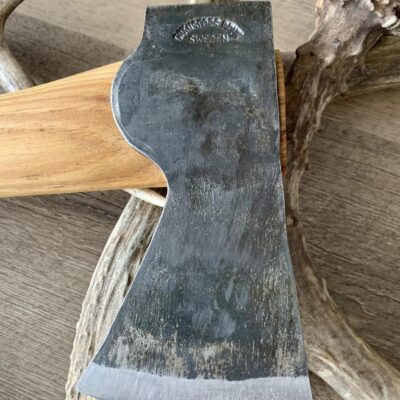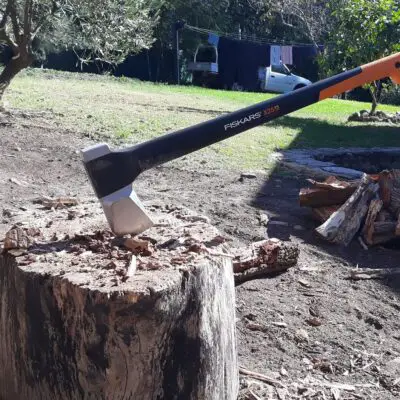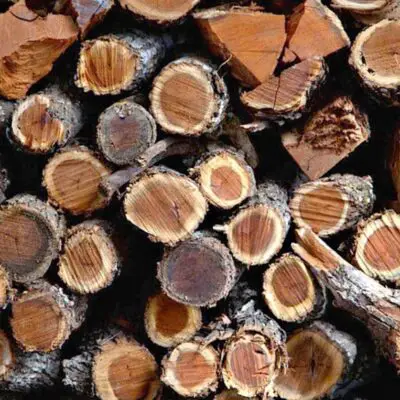
Wood Chart for Smoking Meat: Enhance Your BBQ Experience
To infuse the right flavor into your meat during a smoke-out, choosing the right …
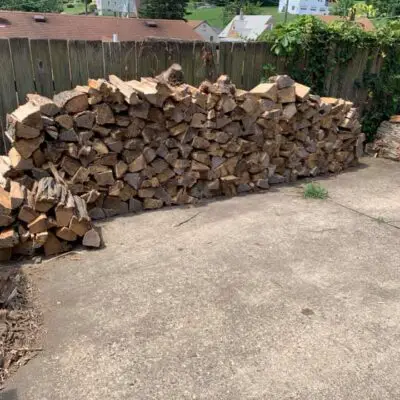
Firewood Stack Size Chart + Calculator
A standard full cord of firewood is 128 cubic feet, typically arranged in a …
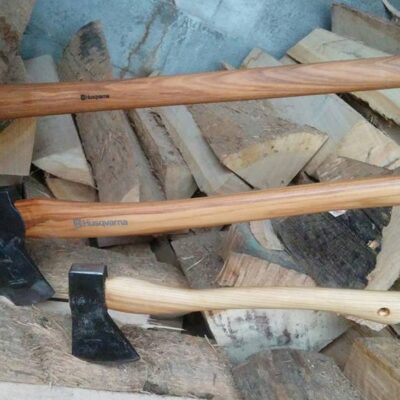
How Much Do Axes Cost: Cheap vs Expensive Comparison
The cost of an axe can vary widely based on type, quality, and brand, …
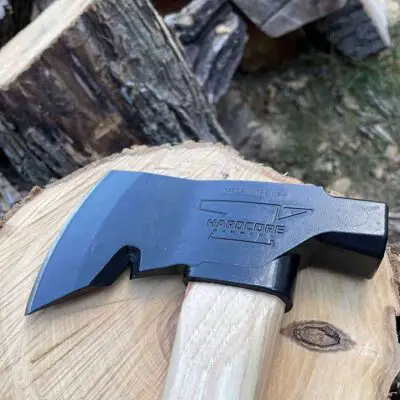
Guide to Blacken an Axe Head: Gun Bluing
Blackening an axe head involves four steps: removing rust using steel wool and vinegar, …
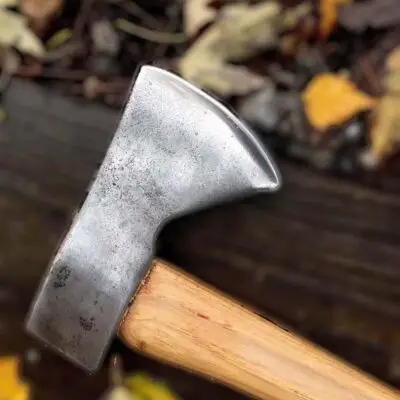
Hardness Chart of Steel for Axes
The best steel for axes hinges on purpose, such as chopping, felling, or throwing. …
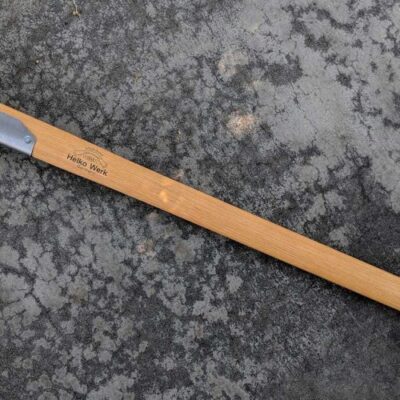
Why the Fiskars Isocore is the Best Splitting Maul
The best splitting mauls weigh between 6 and 8 pounds, with a 32 to …
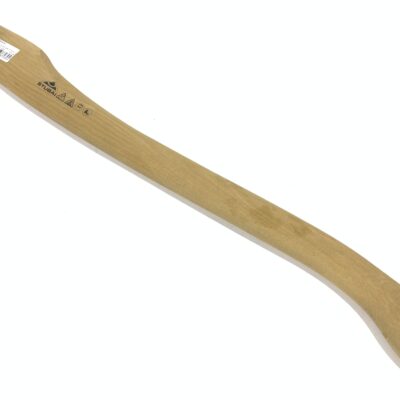
The 7 Most Popular Axe Handle Patterns You Need to Know
Axe handle patterns refer to the specific shape and design of an axe handle, …
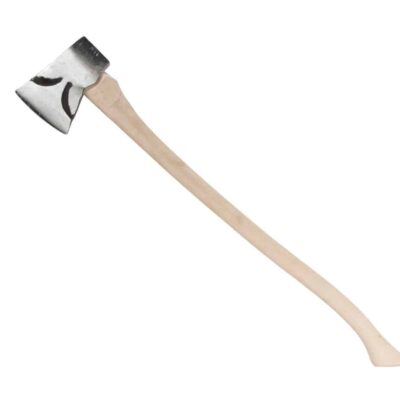
From Woodsmen to Arborists: Best Felling Axes for Tree Work
The best felling axes are 32 to 36 inches long and weigh 4 to …
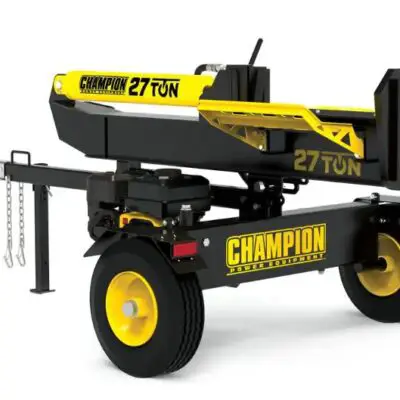
Recommendations of Log Splitters for Home Use
The best log splitters for firewood have sufficient power to cut through your largest …
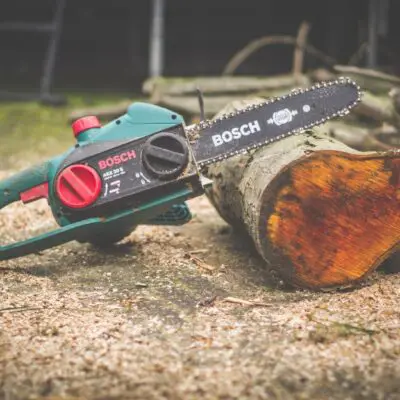
My Rankings of Chainsaws for the Money
The best chainsaws for the money are manufactured by reputable brands, have just enough …
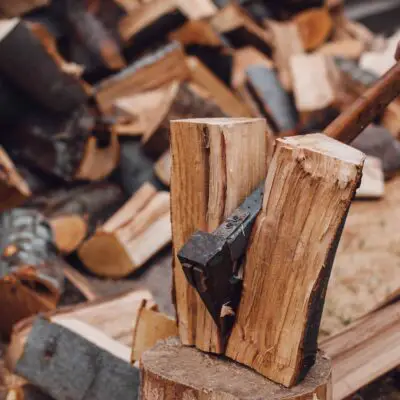
Splitting Firewood Like a Pro: My Favorite Axes
The best splitting axes are 28 to 36 inches long, weigh 4 to 6 …
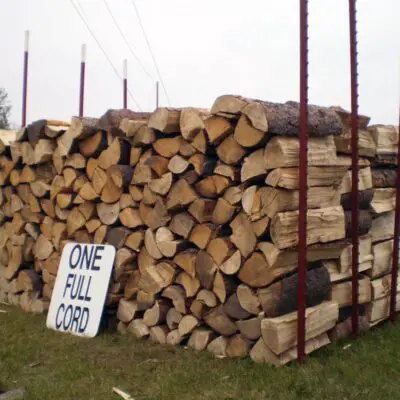
How Much Does a Cord of Wood Weigh by Species
A cord of wood weighs between 2000 and 5500 pounds, depending on the type …
![How to Wedge an Axe Handle Securely [4 Easy Steps] 14 wedge an axe head](https://www.awesomeaxes.com/wp-content/uploads/2022/12/wedge-an-axe-head-400x400.webp)
How to Wedge an Axe Handle Securely [4 Easy Steps]
The wedge is an underestimated part of the axe handle. It is crucial for …
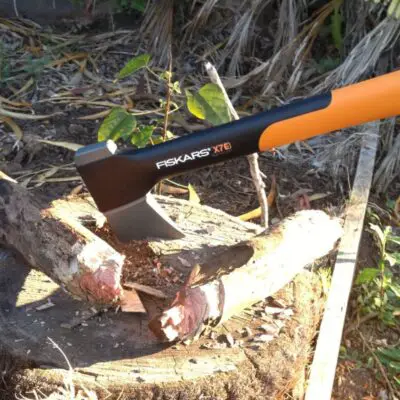
What Is a Hatchet? Design Features and Uses
Picture a frontier explorer like Davy Crockett, and you’ll probably picture a man with …
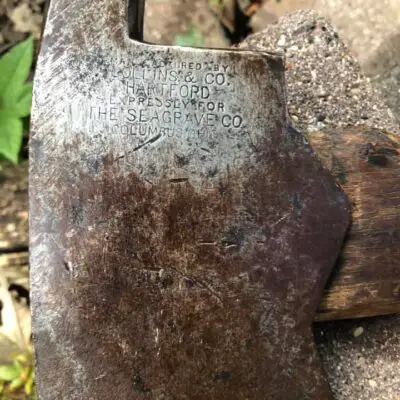
How to Remove an Axe Head: 2 Easy Methods
To remove an axe head, first remove the wedge by carefully drilling or chiseling …

